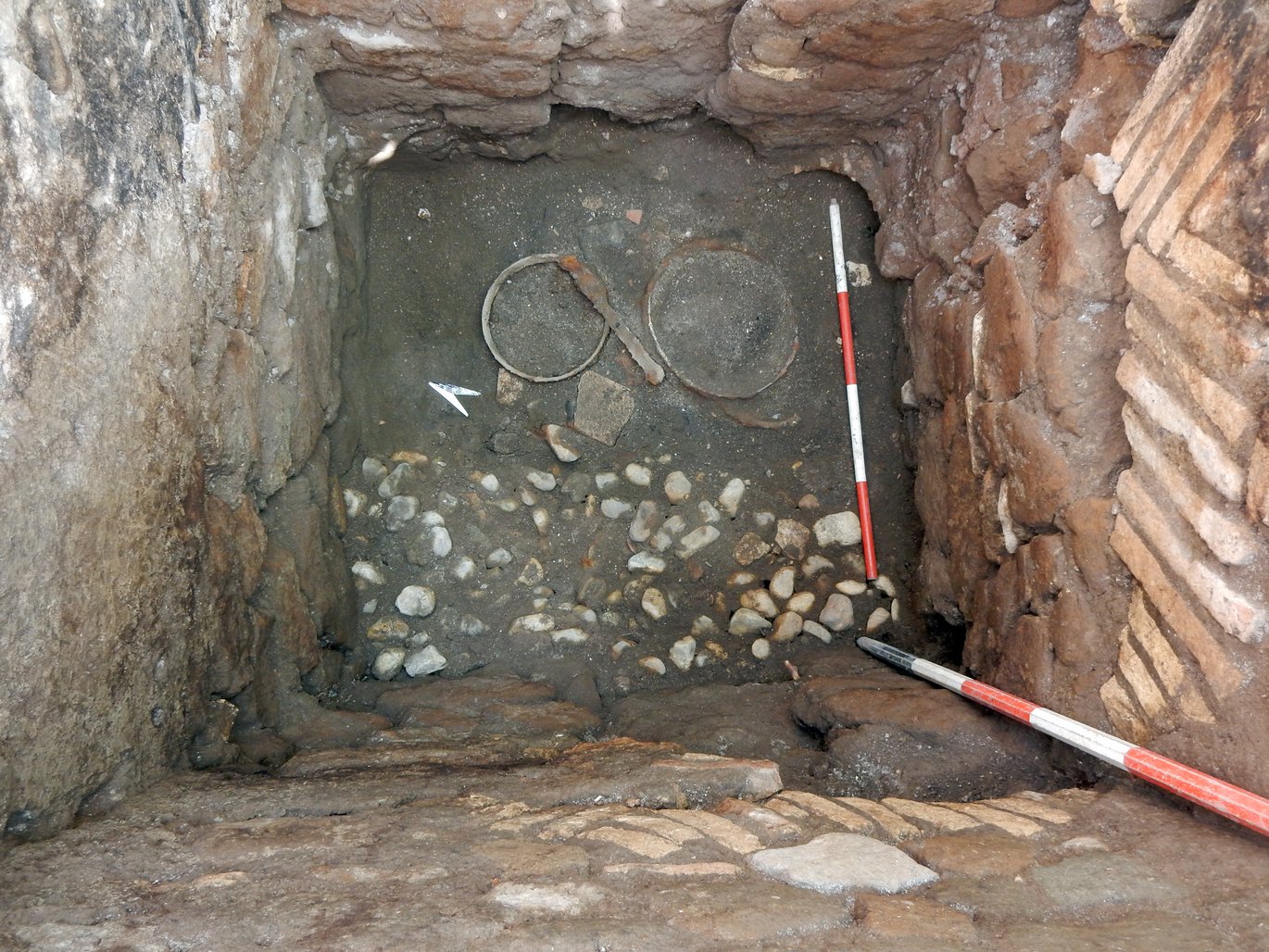The Archaeology of Twentieth-Century Rome: Excavating the Last Days of the Alessandrino District
New publication by F.L. Corsetti, J.K. Jacobsen, G. Mittica, G. Murro, C. Parisi Presicce, R. Raja, L. di Siena and M. Vitti

Corsetti, F. L., Jacobsen, J. K., Mittica, G., Murro, G., Parisi Presicce, C., Raja, R., di Siena, L. & Vitti, M. (2022). "The Archaeology of Twentieth-Century Rome: Excavating the Last Days of the Alessandrino District", Journal of Contemporary Archaeology. https://journal.equinoxpub.com/JCA/article/view/22264 (advance access).
Abstract
When Rome became the capital of a unified Italian state in 1871, the city lagged behind other European capitals in contemporary architectural expression. Ancient ruins evoked a distant glory, although the area of Rome containing the Imperial Fora was covered over by a dense urban residential quarter called the Alessandrino District. The quarter was labelled a slum district by fascist propaganda, and it was demolished in the early 1930s to make way for a parade avenue, the Via dell’Impero. This article presents a discussion of the cultural and socio-economic nature of the Alessandrino District in the decades before its destruction, combining results from the Danish-Italian excavations at Caesar’s Forum with a selection of archival data and historical accounts. The findings presented here indicate that a newly investigated area of the Alessandrino District was in fact not a slum district but rather a thriving middle-class residential and commercial area.
